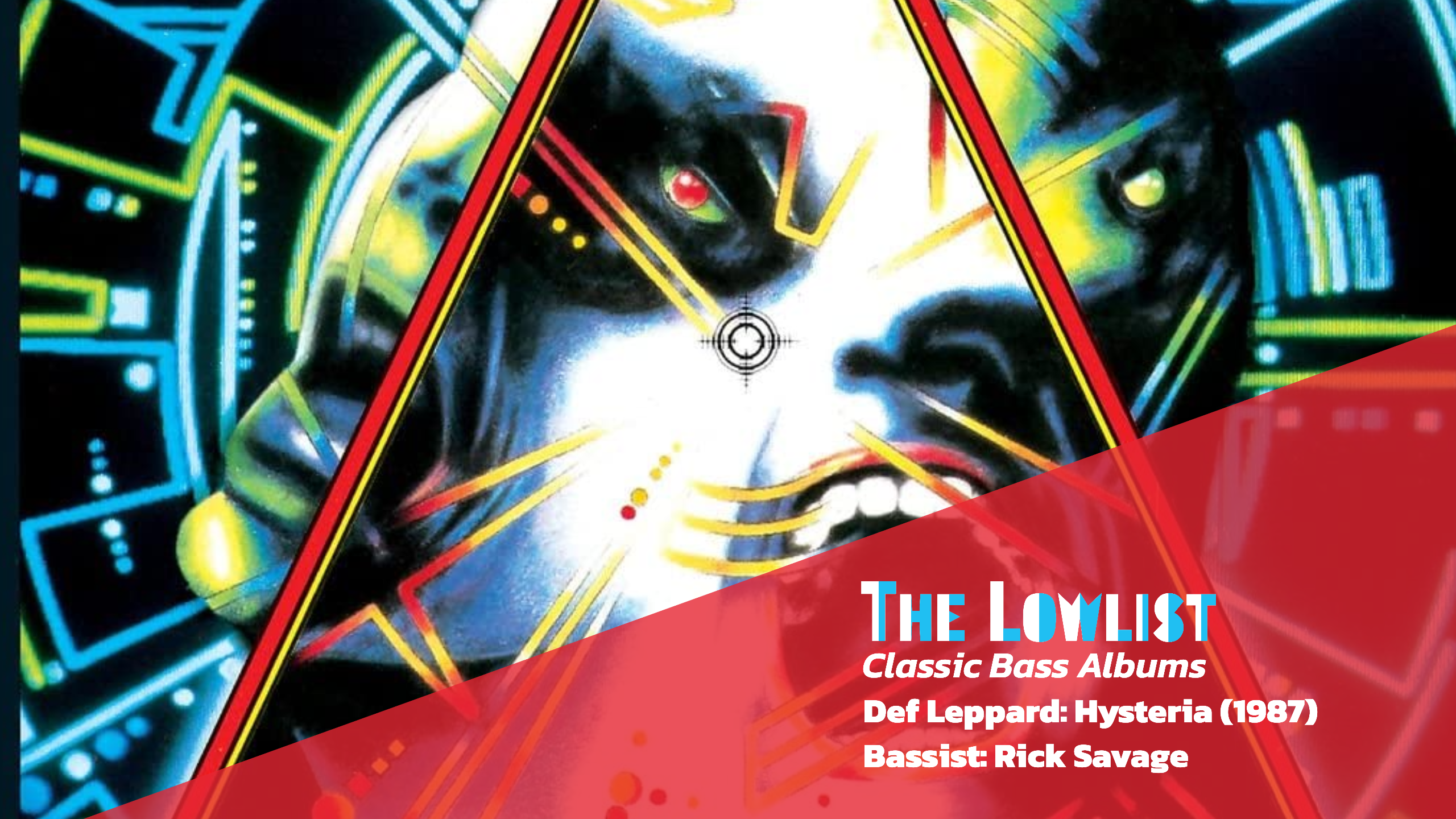
Def Leppard’s fourth album Hysteria took three years to record, had its fair share of ups and downs along the way, defined the term ‘slow burn’ in the US and ultimately changed the sound of melodic rock. It also redefined the genre’s production standards. Released in August 1987, the album reached number one in both the UK and the US, and has shifted over 25 million copies worldwide. No fewer than seven singles were released from Hysteria.
Suffice to say, Sheffield rockers Leppard had a vision of the album they wanted to create, rather than settling for a simple repeat of 1983’s Pyromania. Producers Mutt Lange and Jim Steinman came and departed before good fortune and timing saw Lange return to the fold and go on to create a sound, and a way of working, that has created a legend of its own. His time, craftsmanship and attention to detail were exhausting, as the band members are quick to confirm, at a time when studio technology was developing rapidly. The proof was in the pudding and 30 years on, Hysteria is still a defining moment in rock music – not least because of the blood, sweat and tears incurred to create it.
Bassist Rick ‘Sav’ Savage used Randall amplification live, as did the rest of the band, but for the album, a variety of amp and recording devices were used. For those tracks using bass guitar – yes, synth bass was used elsewhere! – Rick favoured Hamer Scarab and Blitz basses, preferring to use a pick for consistency of attack and tone. It comes as no surprise that there is a considerable smattering of sampled bass tones for specific bass textures, and once Hysteria was taken on the road, Rick played some keyboard bass live.
The album opener ‘Women’ was the first single released in the US (‘Animal’ was released in the UK and other territories) and despite a moderate chart placing, it didn’t set the world alight. For almost a year, the album didn’t take off, until the fourth single ‘Pour Some Sugar On Me’ hit a chord with the American public – particularly in strip clubs. Er, allegedly.
‘Rocket’, with its 70s musical references and multi-layered harmonies, hints at the band trying to push the musical envelope away from the standard twin-guitar biker rock of Leppard’s contemporaries in the New Wave Of British Heavy Metal. ‘Animal’ is a classic example of the radio metal genre, proving to be a big hit across Europe. It was a shot in the arm that the band very much needed, after four years away from the public eye.
‘Love Bites’, the band’s first number one single, ‘Pour Some Sugar On Me’ and ‘Armageddon It’ kept the radio-friendly aspect of the album very much to the fore, remaining in heavy rotation on radio stations across the globe from 1987 to ’89, a time when any major album usually contained more than the traditional three singles. Mutt Lange’s production was immaculate and almost clinical, but from a bass perspective, there is no lack of pulsing bottom end holding the tracks together.
Tracks such as ‘Don’t Shoot Shotgun’, ‘Run Riot’ and ‘Hysteria’ have far more of a traditional bass feel and sound. It’s almost as though the singles that form side one (remember that?) have been embellished with sampled sounds, while the album tracks of side two allowed Rick to do what he does best.
When grunge hit in the early 90s, Def Leppard found themselves on a slippery slope: Hysteria remains their high water mark, an impressive example of dedication and love for the music overcoming the odds.







